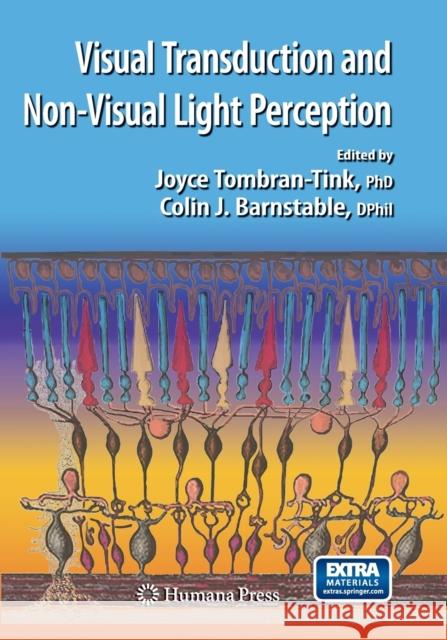Visual Transduction and Non-Visual Light Perception » książka
topmenu
Visual Transduction and Non-Visual Light Perception
ISBN-13: 9781493960828 / Angielski / Miękka / 2016 / 509 str.
Kategorie BISAC:
Wydawca:
Humana Press
Seria wydawnicza:
Język:
Angielski
ISBN-13:
9781493960828
Rok wydania:
2016
Wydanie:
Softcover Repri
Ilość stron:
509
Waga:
0.89 kg
Wymiary:
25.4 x 17.78 x 2.67
Oprawa:
Miękka
Wolumenów:
01
Dodatkowe informacje:
Wydanie ilustrowane











